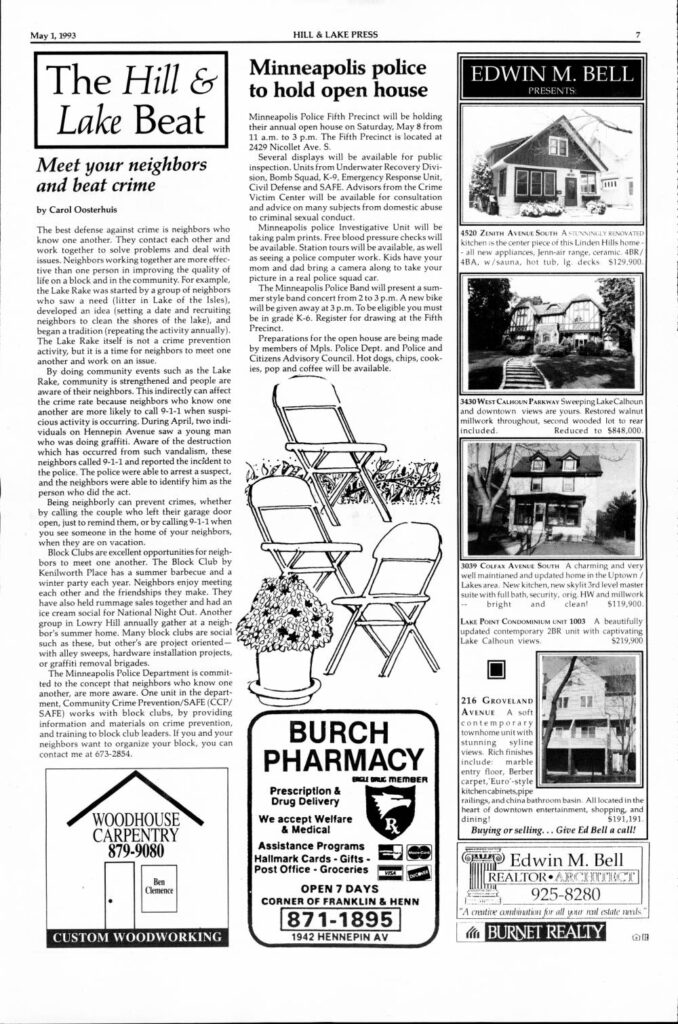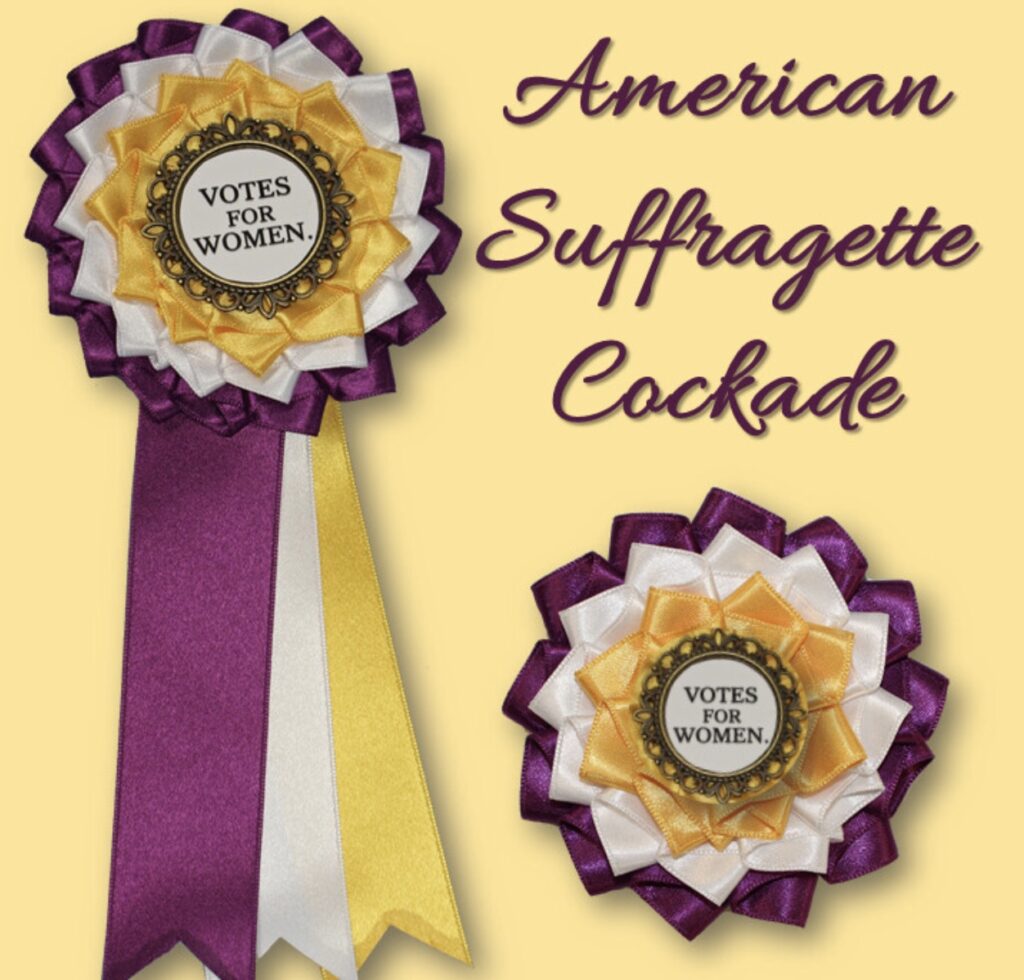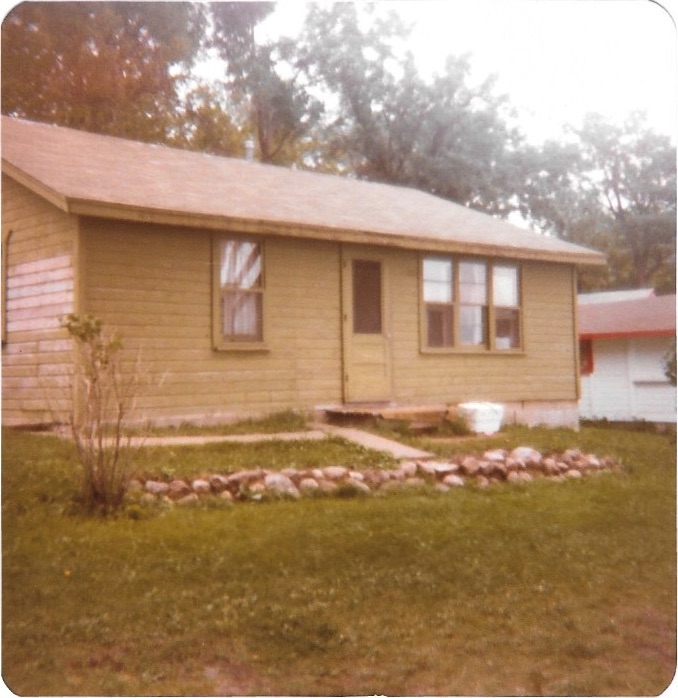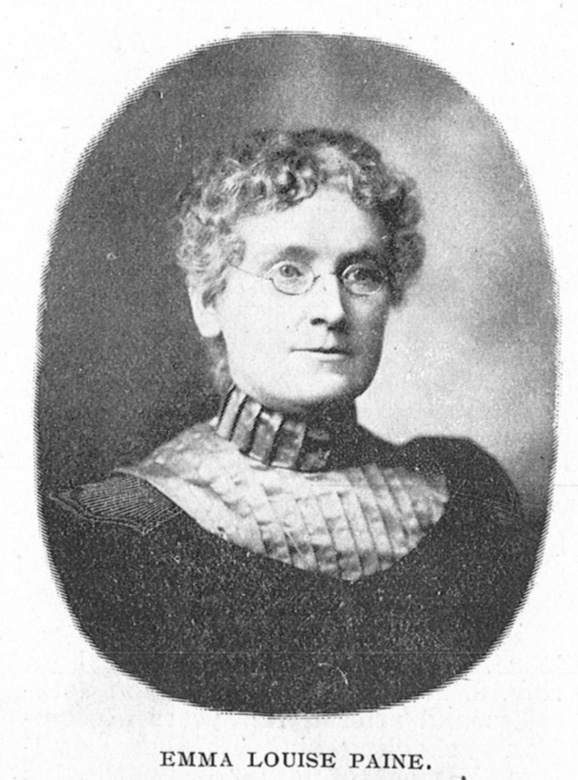Emma Louise Paine was born in East Smithfield, Pennsylvania on August 2, 1854. Her parents were Isaiah and Ruth Kingsley. In 1878, she married Horace Paine and moved to Elmira, NY where she lived until his death in 1887.
The following year, in 1888, Mrs. Paine moved to Minneapolis, to be near her sisters.
Upon arrival in Minneapolis, she began at once to search for meaningful work.
She was a religious woman and her beliefs led her to join the parish at Westminster Presbyterian and also to to become involved with the fledgling Women’s Christian Association (YWCA), the Sisterhood of Bethany, and the Women’s Christian Temperance Union (WCTU).
These organizations believed that Minneapolis needed a woman to address the special needs of women and children in the jails and courts. They formed a Police Matron Committee and put forward a petition to the Minneapolis City Council to create the role of Police Matron.
The Committee defined the requirements of the role and its own involvement as follows:
- The Police Matron would reside day and night in the Police Station
- She would have have under her care all arrested women and children – regardless of location in the city – and she would accompany each to court
- They would pay her salary of $120 per month (later, as the role proved to be effective, the City offered to pay for the salary but the Committee would agree only to split the costs as it wished to retain its influence)
- The Committee held the right and privilege of nominating candidates for the role and had approval over appointments
Although they were concerned about her lack of experience, the Committee thought that Mrs. Paine had the right character and temperament for the role and put her forward as a candidate for Police Matron.
Mrs. Paine served in her role as Police Matron for twelve years from 1889 until 1901. During this time, she assisted approximately 7,200 women and children in the jail and court. She was highly regarded by both the Department and the community.
In 1901, after the election of Mayor A.A. Ames, Mrs. Paine stepped down from her role as Police Matron and was replaced by Sarah Schaeffer.
Photograph of Emma Louise Paine from “History of the Police and Fire Departments of the Twin Cities: Their Origin in Early Village Days and Progress to 1900” (published in 1899)
Additional sources: Minneapolis Tribune of January 22, 1928 and of May 25, 1958





















